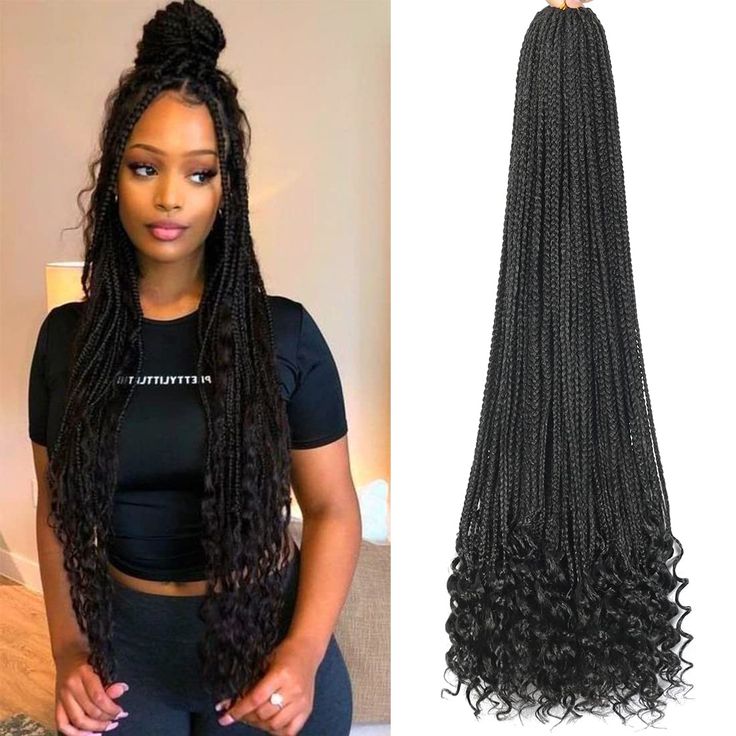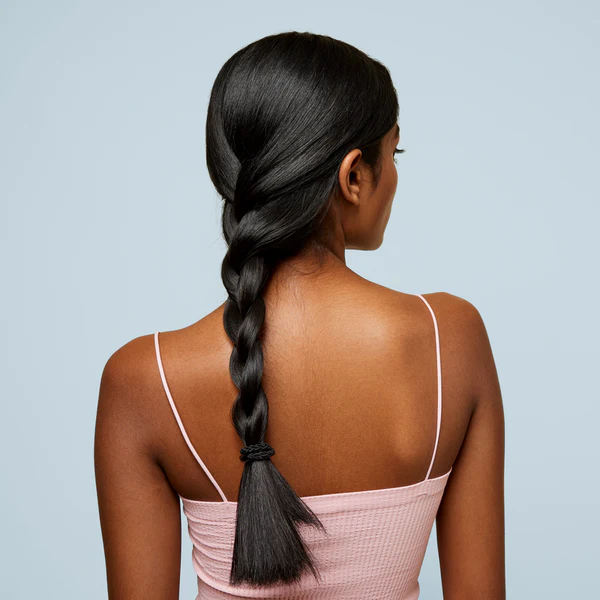
Optimal Timeframe for Wearing Braids: Know When to Unbraid
The Ultimate Guide: How Long to Keep Braids In
Braids offer a versatile and stylish way to protect natural hair while maintaining a polished look. However, determining the optimal duration for keeping braids in can be challenging. This comprehensive guide explores the factors influencing braid longevity, signs it’s time for removal, and tips for maintaining healthy hair throughout the braiding process.
Understanding the Lifespan of Braids
Braids typically last between 4 to 8 weeks, depending on various factors. The type of braids, hair texture, and maintenance routine all play crucial roles in determining how long the style remains fresh and safe for your hair. Box braids and cornrows generally have different lifespans, with box braids often lasting longer due to their structure. Additionally, the size of the braids impacts their durability, with smaller braids tending to last longer than larger ones. However, it’s essential to note that keeping braids in for too long can lead to hair damage and scalp issues. Therefore, finding the right balance between style longevity and hair health is crucial for maintaining beautiful, healthy braids.
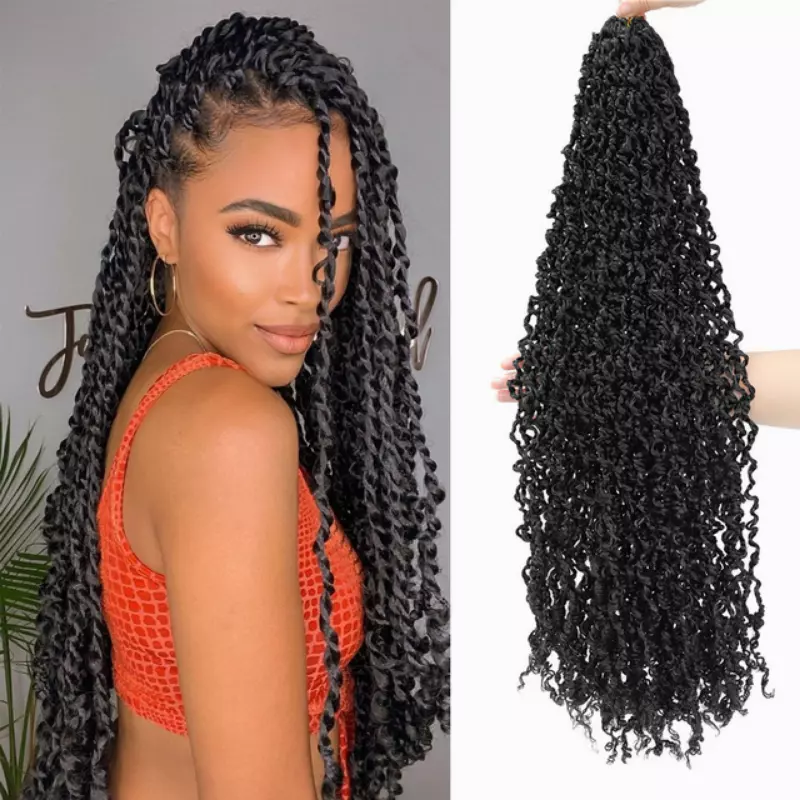
Factors Affecting Braid Duration
Several elements influence how long braids can be worn safely. Hair texture plays a significant role, with coarser hair typically holding braids longer than fine hair. The skill of the braider also impacts longevity, as properly installed braids tend to last longer and cause less damage. Furthermore, lifestyle factors such as exercise frequency, swimming, and climate can affect braid durability. Those who exercise frequently or live in humid environments may find their braids becoming frizzy or loose more quickly. Additionally, the products used on the braids and scalp can either extend or shorten their lifespan. Using appropriate moisturizing products and avoiding heavy oils can help maintain the braids’ neat appearance for a longer period.
Signs It’s Time to Remove Your Braids
Recognizing when it’s time to take out braids is crucial for maintaining hair health. Excessive frizz, noticeable new growth, and a messy appearance are clear indicators that the braids have reached the end of their lifespan. Additionally, if the braids feel heavier than when first installed, it’s likely due to product buildup and natural oils, signaling it’s time for removal. Scalp itchiness, unusual odors, or any discomfort are also signs that the braids should be taken out. Moreover, if you notice any breakage or thinning at the roots, immediate removal is necessary to prevent further damage. It’s important to listen to your hair and scalp, as keeping braids in for too long can lead to long-term hair health issues.
Maintaining Braids for Longer Wear
Proper maintenance can significantly extend the life of braids while keeping hair healthy. Regular cleansing of the scalp with a gentle, diluted shampoo helps prevent buildup and maintain a healthy environment for hair growth. Moisturizing the scalp and braids with light, water-based products helps combat dryness and frizz. Protecting the braids while sleeping by using a satin or silk scarf or pillowcase reduces friction and maintains the style. Additionally, avoiding excessive manipulation of the braids and refraining from adding heavy products can help preserve their neat appearance. Proper maintenance not only extends the life of the braids but also ensures the health of your natural hair underneath.
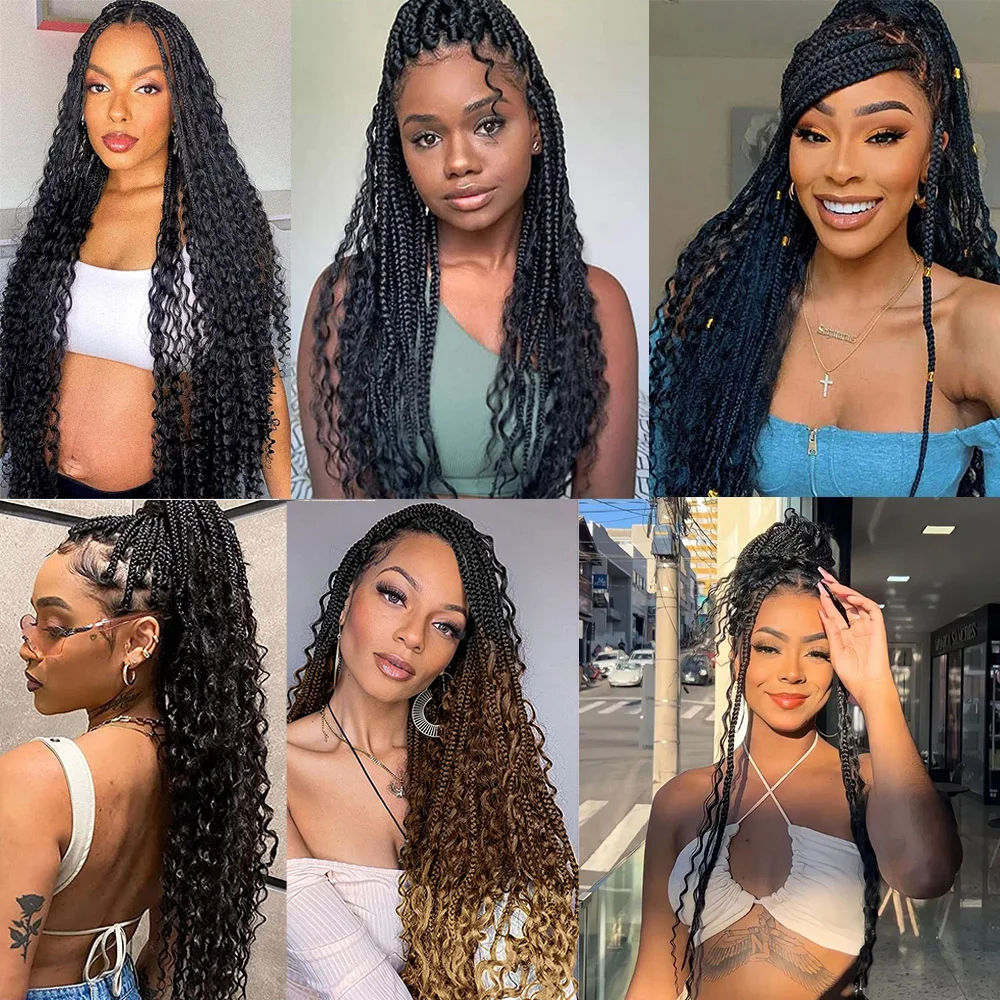
The Impact of Braid Size and Type on Duration
The size and type of braids significantly influence how long they can be worn. Smaller braids, such as micro braids, typically last longer than larger styles due to their tighter structure. However, they also take longer to install and remove, which can impact scalp health if left in for extended periods. Medium-sized braids often strike a balance between longevity and ease of maintenance. Conversely, larger braids or twists may not last as long but are generally easier to install and remove. The type of braid also plays a role, with knotless braids often being gentler on the scalp and potentially allowing for longer wear compared to traditional box braids. Understanding these differences can help in choosing a style that aligns with your desired wear time and maintenance routine.
Balancing Style Duration with Hair Health
While the desire to maintain a braided style for as long as possible is understandable, it’s crucial to prioritize hair health. Keeping braids in for too long can lead to issues such as breakage, thinning, and even traction alopecia. Experts generally recommend removing braids after 6-8 weeks, even if they still look good. This allows for proper cleansing of the scalp and inspection of the hair for any damage. Taking breaks between braid installations gives your hair time to recover and breathe. Additionally, varying the types of braids and the direction of parting can help prevent constant stress on the same areas of the scalp. Remember, healthy hair is the foundation for beautiful braided styles, so it’s essential to find a balance between style longevity and hair care.
Professional Advice vs. Personal Experience
While professional advice provides a general guideline for braid duration, personal experience often plays a significant role in determining the ideal timeframe for each individual. Hair stylists typically recommend 4-8 weeks as a safe period for wearing braids, but this can vary based on hair type, lifestyle, and previous experiences with braided styles. Some individuals find their hair thrives with longer braid wear, while others need to remove braids earlier to maintain optimal hair health. It’s important to document your experiences with different braid types and durations to understand what works best for your hair. Consulting with a professional stylist who is familiar with your hair type can provide personalized advice, helping you make informed decisions about braid wear time.
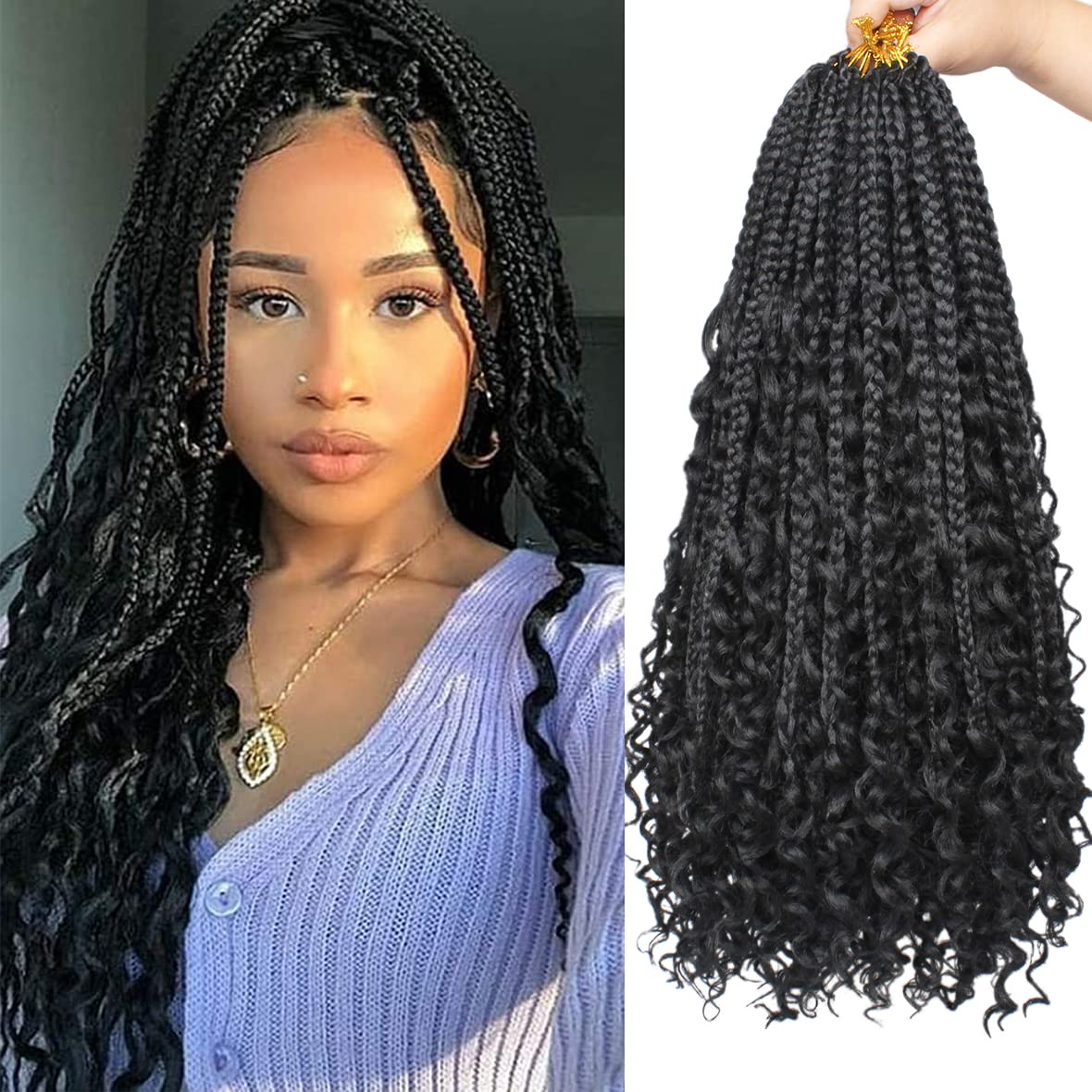
The Role of Scalp Care in Braid Longevity
Proper scalp care is crucial for both the longevity of braid and the health of your hair. A clean, well-moisturized scalp provides an optimal environment for hair growth and helps prevent issues that could necessitate early braid removal. Using a gentle, clarifying shampoo or scalp cleanser specifically designed for braided styles can help remove buildup without disrupting the braid. Regularly moisturizing the scalp with light, non-greasy products can prevent dryness and flaking, which often lead to itchiness and discomfort. Additionally, incorporating scalp massages can stimulate blood flow, promoting healthier hair growth. However, it’s important to be gentle when caring for your scalp to avoid loosening the braid or causing frizz. Balancing scalp care with braid preservation is key to maximizing the duration of your style while maintaining healthy hair.
Post-Braid Hair Care and Recovery
After removing braid, proper hair care is essential to restore and strengthen your natural hair. The removal process should be gentle and patient to minimize breakage. Once the braids are out, thoroughly cleanse the scalp and hair to remove any buildup. A deep conditioning treatment can help replenish moisture and restore elasticity to the hair. Trimming any split ends or damaged sections promotes overall hair health. It’s advisable to give your hair a break before reinstalling braid, allowing time for recovery and growth. During this period, opt for low-manipulation styles and continue with a consistent moisturizing routine. This recovery phase is crucial for maintaining the long-term health of your hair and scalp, ensuring that future braid installations will have a strong, healthy foundation.
Cultural Significance and Modern Trends in Braid Wear
Braids hold deep cultural significance in many communities, often representing identity, heritage, and personal style. Historically, certain braid styles were worn for extended periods, sometimes months at a time. However, modern hair care knowledge has led to a shift in practices, emphasizing the importance of regular maintenance and removal. Today’s trends often blend traditional styles with contemporary hair care wisdom, resulting in a diverse range of braid options and wear times. Social media and celebrity influences have also impacted braid trends, sometimes promoting styles that prioritize aesthetics over hair health. It’s important to approach these trends critically, balancing cultural practices and personal style preferences with current understanding of hair and scalp health. Embracing the rich history of braided hairstyles while adapting to modern hair care practices ensures that this beautiful tradition continues to thrive in a way that supports healthy hair.

Conclusion: How Long to Keep Braid In
In summary, the duration for which braid can be kept in varies based on several factors. These factors include hair type, braid style, and personal preferences. Generally, braid can be maintained for about four to eight weeks. However, it’s crucial to monitor the scalp and hair condition as time progresses.
After the first few weeks, regular maintenance becomes essential. Several methods, such as moisturizing and scalp cleansing, can prolong the lifespan of the braid. Neglecting hair health, on the other hand, may lead to breakage and discomfort. Therefore, a balance between style and care is vital.
Moreover, paying attention to signs that indicate it’s time to remove braid is essential. Issues like itching, excessive frizz, or unraveling should prompt immediate action. Waiting too long to take out braid can result in hair damage.
Ultimately, the key is to prioritize both appearance and hair integrity. Follow a healthy hair care routine, and enjoy the benefits of braid without compromising overall hair health. By doing so, individuals can ensure that their hairstyle remains both stylish and safe for their hair.

